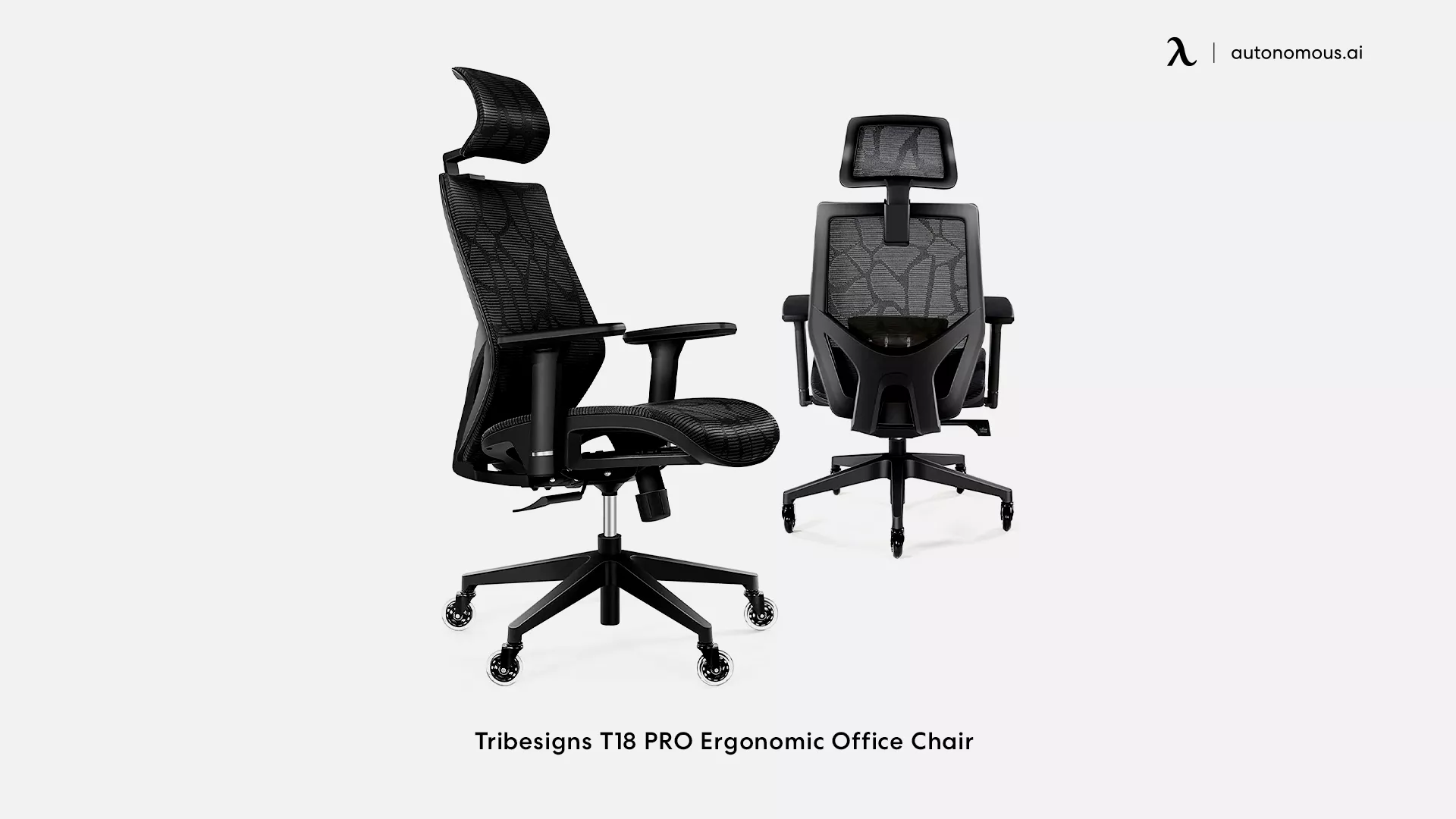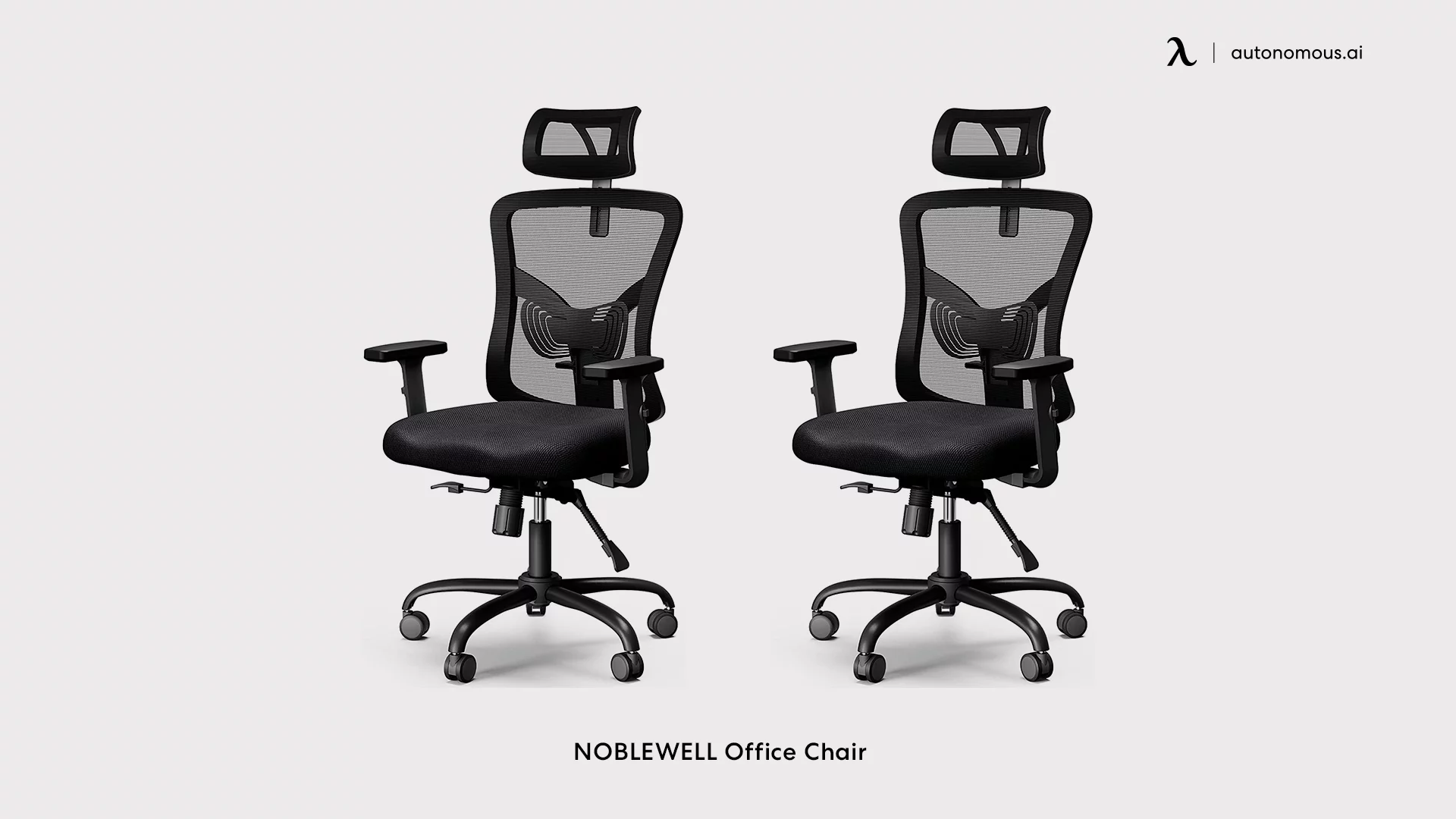Chair Features for Hardwood Floors
Protecting your beautiful hardwood floors from the ravages of your chair (and your occasional enthusiastic swiveling) is a serious business. We’re not talking about a minor scuff here; we’re talking about preventing the kind of damage that would make even the most stoic woodworker weep. Let’s dive into the features that will keep your floors and your chair in perfect harmony.
Ideal Chair Base Materials for Hardwood Floors
The chair base is the unsung hero of hardwood floor preservation. A poorly chosen base is a recipe for disaster – think tiny, but deeply distressing, scratches that haunt your dreams. The ideal base material should be both durable and gentle on wood. Soft, non-marring materials are key. For example, felt pads are cheap, readily available, and incredibly effective at preventing scratches. They’re like tiny, fluffy bouncers for your chair legs. Another great option is rubber, particularly high-quality, non-marking rubber. Rubber offers a bit more durability than felt, making it a solid choice for heavier chairs or more frequent movement. Finally, consider plastic bases with large surface area contact points to distribute weight evenly. Avoid metal bases without protective coverings – they’re scratch magnets!
Chair Height Adjustability and Ergonomic Seating, Desk chair for hardwood floors
Adjustability isn’t just a luxury; it’s a necessity for comfortable, ergonomic seating. A chair that’s too high forces you to hunch over, potentially leading to back pain and a general feeling of “ugh.” Too low, and you’re slouching, which is equally bad for your posture. On hardwood floors, the height adjustment is even more critical because it influences the pressure exerted on the floor. A properly adjusted chair ensures even weight distribution, minimizing the risk of denting or scratching your precious floor. Think of it as a delicate dance between your body and your beautiful floor – a perfectly balanced waltz of comfort and floor protection.
Comparison of Chair Caster Types for Hardwood Floors
Choosing the right casters (wheels) is crucial. The wrong ones can transform your chair into a miniature demolition machine. Here’s a breakdown:
| Caster Type | Material | Advantages | Disadvantages |
|---|---|---|---|
| Standard Casters | Hard Plastic or Metal | Often inexpensive and readily available. | Can easily scratch hardwood floors. Not ideal for delicate surfaces. |
| Soft Casters | Rubber or Urethane | Generally quieter and less likely to scratch hardwood floors. | Can be more expensive. May leave marks on very polished floors if very low quality. |
| Floor Protector Casters | Soft rubber or felt | Designed specifically to protect hardwood floors; excellent scratch resistance. | Can be more expensive than standard casters. |
| Glide Casters (no wheels) | Plastic or felt | Eliminate wheel damage entirely; very quiet operation | Chair is not mobile; requires more effort to move. |
Ideal Chair Weight Capacity and Hardwood Floor Types
The weight of your chair matters – a lot. A heavy chair, especially one with a small base, can concentrate pressure on a small area, leading to dents or indentations. Hardwood floors, while durable, aren’t indestructible. For example, a chair weighing 200 pounds placed on a thin, engineered hardwood floor is much riskier than the same chair on a thick, solid oak floor. Generally, heavier chairs should have a wider base and be placed on thicker, more robust hardwood floors. Consider the weight capacity of your chair and your floor type before making a purchase. A good rule of thumb is to choose a chair with a weight capacity significantly higher than its actual weight to account for additional weight from the user and any items placed on the chair. If you’re unsure, err on the side of caution and choose a sturdier chair and/or protective floor mats.
Buying Guide and Considerations

So, you’re ready to ditch the wobbly office chair that’s threatening to send your expensive hardwood floors into orbit? Excellent! Choosing the right desk chair can be a surprisingly thrilling adventure (yes, really!), but fear not, intrepid floor-protector! This guide will navigate you through the treacherous waters of chair selection, ensuring your floors remain unscathed and your posterior remains comfortably supported.
Step-by-Step Chair Selection Process
Selecting a desk chair for hardwood floors isn’t just about comfort; it’s about preventing a potential hardwood floor massacre. Follow these steps to ensure your floors remain pristine.
- Assess Your Needs: Consider your body type, typical workday posture, and the amount of time you spend seated. Do you need lumbar support? Armrests? A throne fit for a king? (Okay, maybe not a throne.) Think about these factors to determine the necessary chair features.
- Determine the Chair’s Base Material: This is crucial! Look for chairs with bases made of materials that won’t scratch your floors. Casters with protective coverings are a must. We’ll delve deeper into materials later.
- Evaluate Caster Type and Material: Hard plastic casters are a hardwood floor’s worst nightmare. Opt for soft casters made of rubber, polyurethane, or nylon. These will glide smoothly and minimize scratching.
- Check the Chair’s Weight Capacity: This might seem obvious, but make sure the chair can comfortably support your weight plus any extra baggage (literally or metaphorically – we don’t judge).
- Inspect the Chair’s Construction: A well-built chair will last longer and be less likely to wobble or damage your floors. Look for sturdy construction and high-quality materials.
- Consider the Chair’s Height Adjustability: This ensures proper ergonomic support, reducing the strain on your back and preventing you from constantly shifting around, which could damage your floors.
- Read Reviews: Don’t just rely on marketing hype. Read reviews from other users, paying particular attention to comments about floor protection and durability.
Comparison of Popular Desk Chair Brands
Choosing the right brand can be a game-changer. Here’s a quick comparison of three popular options, focusing on their floor-friendly features:
- Herman Miller: Known for ergonomic excellence and generally using high-quality materials. Often includes floor-protecting caster options, but they might cost you a kidney.
- Steelcase: Another heavyweight in the ergonomic chair game. They offer a variety of caster options, often including soft ones for hardwood floors. Prepare for a slightly less kidney-draining experience compared to Herman Miller.
- Humanscale: Humanscale often focuses on minimalist designs and clever mechanisms. Their caster choices usually include floor-friendly options, but always check before buying to avoid a hardwood floor meltdown.
Long-Term Maintenance of Chair Materials
Proper maintenance is key to extending the life of your chair and protecting your floors.
- Leather: Regularly dust and condition to prevent cracking. Avoid harsh chemicals.
- Fabric: Vacuum regularly to remove dirt and debris. Spot clean as needed with a mild detergent and water. Consider using a protective spray to repel stains.
- Mesh: Wipe down with a damp cloth. Avoid harsh cleaners.
- Casters: Regularly inspect and clean your chair’s casters. If you notice any wear or damage, replace them promptly to prevent floor scratches.
Essential Questions Before Purchase
Asking the right questions can save you from potential chair-related catastrophes (and floor damage).
- Determine the warranty length and coverage: A good warranty shows the manufacturer’s confidence in their product.
- Assess the caster type and material suitability for hardwood floors: Hard casters are a no-go.
- Evaluate the chair’s weight capacity and your weight to avoid potential structural issues: A broken chair is never fun.
- Confirm the chair’s return policy in case of dissatisfaction or damage: It’s always good to have a backup plan.
- Verify the manufacturer’s reputation for quality and customer service: A reputable company will stand behind its products.
Solutions for Existing Damage: Desk Chair For Hardwood Floors

Let’s face it, your hardwood floors have probably seen better days after enduring the relentless onslaught of your desk chair. Scratches? Dents? We’ve all been there. Don’t despair, fellow floor-owner! We’re here to help you wage war on those chair-induced imperfections and restore your hardwood’s former glory.
Common Hardwood Floor Damage from Desk Chairs
Desk chairs, especially those with hard wheels or insufficient floor protection, can inflict various types of damage. Deep gouges are often the result of chairs being dragged across the floor rather than rolled smoothly. Superficial scratches, often appearing as fine lines, are caused by the constant rolling action of chair wheels. Dents, usually small and circular, occur when a chair’s legs or wheels apply concentrated pressure to the wood. The severity of the damage depends on factors such as the type of wood, the finish, and the chair’s weight and wheel type. Hardwood floors with a softer finish are naturally more susceptible to damage than those with a durable, hard finish.
Repairing Minor Scratches and Dents
For minor scratches, a simple wood touch-up pen or marker, matched to your floor’s color, can work wonders. Apply the pen carefully, following the grain of the wood, and wipe away any excess. For slightly deeper scratches, you might need a wood filler. Choose a filler that matches your floor’s color and texture, apply it sparingly, let it dry completely, and then sand it smooth before applying a fresh coat of polyurethane varnish to protect the repair. For small dents, you can sometimes gently coax them out with a damp cloth and a hot iron (carefully! Use a low setting and a test patch first). The steam helps to swell the wood fibers, minimizing the dent’s appearance. Remember, for significant damage, it’s best to consult a professional floor refinisher. Attempting major repairs yourself can lead to more problems than solutions, unless you’re a seasoned DIY expert.
Using Protective Floor Mats
Think of floor mats as your hardwood floor’s bodyguards, protecting it from the daily chair-based assault. Several materials offer effective protection. Hard plastic mats provide excellent durability but can be noisy and potentially scratch the floor if they’re not properly maintained. Rubber mats are generally quieter and offer good cushioning, but some can react with certain finishes, causing discoloration. Felt mats are soft and quiet, ideal for protecting delicate finishes, but they’re not as durable as other options and may require more frequent replacement. When choosing a mat, consider the size of your chair’s base and ensure the mat is large enough to accommodate all movements. Regular cleaning of the mat will prevent dirt and grit from scratching your floor. Avoid mats with hard, abrasive materials or sharp edges.
